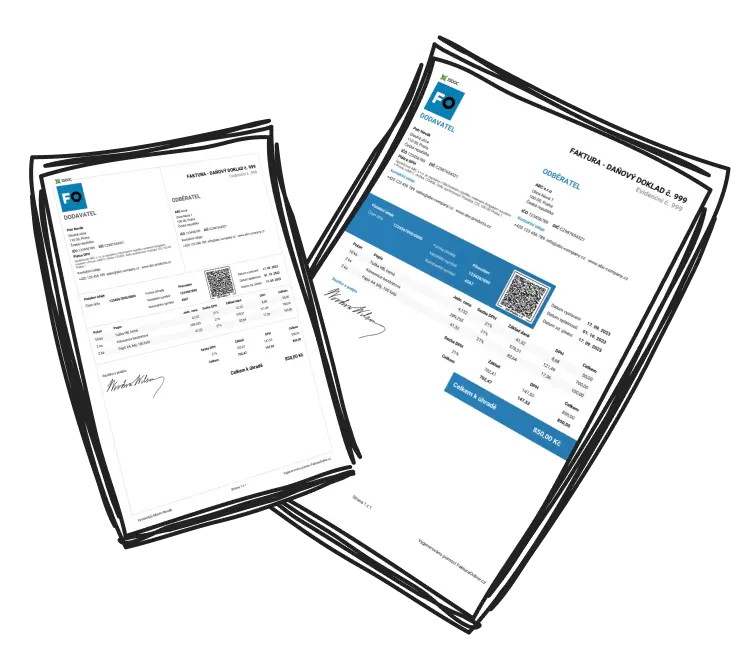Juggling a full-time job while freelancing isn't a cakewalk, yet with the right mindset and techniques, it's well within your grasp. Whether you're keen to boost your earnings, indulge in a personal project, or nurture a side business, these insights will guide you through the process with minimal hassle.
Setting Out as a Freelancer Alongside Full-Time Work
Embarking on a freelance journey alongside your regular job needn't be daunting. Follow these practical steps to ease into the freelance world:
Select Your Specialisation: Review your abilities and passions to find a niche that suits your skills.
Join Freelance Networks: Utilise sites like Upwork, Fiverr, or LinkedIn to make swift connections. Ensure your profile showcases your strengths.
Set Achievable Targets: Gauge how many hours you can feasibly dedicate weekly without stretching yourself too thin.
Begin Gently: Take on easily managed projects to gradually build your confidence and expertise. Concentrate on tasks you can complete during your free time.
Understand Your Company's Rules: Ensure your freelance endeavours don't clash with your primary employment.
Build a Solid Portfolio: Take time to compile a compelling record of your work to attract clients.
Getting Your Initial Clients
Utilise your current connections—be it friends, colleagues, or those on social media. Notify them about your freelance skills. Often, referrals are excellent for establishing credibility.
Essential Advice for Balancing Freelancing with a Full Time Role
Keep on top of things and hone productivity with these vital recommendations:
Implement Task Management Systems: Use tools like Trello or Asana to map out and monitor your commitments.
Define Clear Boundaries: Specify distinct work areas and allocate time for each role, keeping them separate.
Streamline Repeated Tasks: Templates and tools for invoicing and proposals can save significant time.
Utilise Peak Working Times: Identify your most productive periods, whether morning, evening, or weekend, and capitalise on them.
Set Expectations Clearly: Be transparent with clients about your availability and timelines.
Choose Projects Wisely: Decline tasks that don't fit your objectives or schedule.

Automate Early
Establish client interaction, invoicing, or file-sharing systems using options like QuickBooks. Stay ahead by automating necessary processes from day one.
Finding Equilibrium: Balancing Freelancing with Full-Time Work
Navigating two demanding pursuits calls for disciplined boundaries and intelligent planning. Devote specific hours to freelancing without impacting your primary duties. Regularly evaluate your workload and communicate transparently with clients to avoid being overburdened. Crucially, prioritise your well-being by taking regular breaks and scaling back when necessary.

Steer Clear of Burnout
Watch out for signs like constant fatigue or reduced output. If burnout looms, reassess your duties and ensure ample downtime.
Effective Strategies to Balance Freelancing with a Full-Time Job
Boost output and simplify tasks with these strategies:
Combine Similar Activities: Tackle related tasks such as client emails or edits in concentrated time slots for better efficiency.
Realistic Deadlines: Always aim to overestimate task duration to avoid unnecessary pressure.
Delegate Low-Priority Chores: Free time by outsourcing tasks like cleaning or grocery shopping.
Optimise Personal Time: Make effective use of quiet periods but ensure it doesn't interfere with your sleep.
Decline Unnecessary Tasks: Confidently decline projects that don't align with your core goals.
Favourite Productivity Tools
- Toggl: Ideal for time tracking.
- Dropbox or Google Drive: Organise files efficiently.
- Notion or Monday.com: Manage projects effectively.

Maximising Effectiveness While Freelancing Part-Time
To make the most of limited hours, employ these approaches:
Tackle Deep Work: Set aside undisturbed time for substantial projects.
Focus on High-Impact Tasks First: Target assignments with the biggest return.
The Pomodoro Technique: Adopt a routine of 25-minute work spurts interspersed with 5-minute breaks.
Minimise Interruptions: Reduce notifications and work in a peaceful setting.
Regular Time Audits: Utilise tools like Toggl to measure productivity.
Weekly Planning Sessions: Fitting time for weekly reviews ensures steady progress and task planning.
Sample Schedule for Time-Blocking
- 6:00–8:00 AM: Freelance duties (focus-intensive).
- 8:00 AM–5:00 PM: Main employment.
- 6:00–7:00 PM: Relaxation and dinner.
- 7:00–9:00 PM: Client discussions or light freelance work.
Through methodical approach and adjusting your strategy over time, excelling at freelancing while maintaining a full-time job in the UK is attainable. Start steadily, evolve gradually, and continuously refine your approach to meet your aspirations without succumbing to stress.

